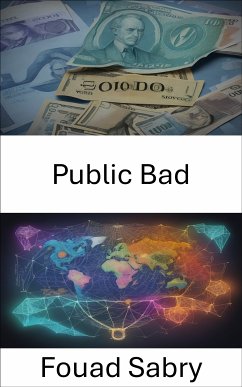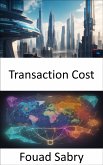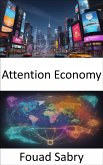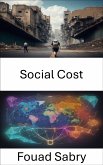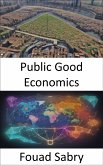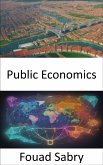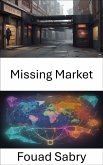A public bad, in economics, is the symmetrical opposite of a public good. Air pollution is the most obvious example since it is non-excludable and non-rival, and negatively affects welfare.
How you will benefit
(I) Insights, and validations about the following topics:
Chapter 1: Public bad
Chapter 2: Environmental economics
Chapter 3: Transport economics
Chapter 4: Free-rider problem
Chapter 5: Externality
Chapter 6: Market failure
Chapter 7: Cost
Chapter 8: Public good (economics)
Chapter 9: Ecological economics
Chapter 10: Environmental tax
Chapter 11: Environmental full-cost accounting
Chapter 12: Triple bottom line
Chapter 13: Pigouvian tax
Chapter 14: Free-market environmentalism
Chapter 15: Social cost
Chapter 16: Genuine progress indicator
Chapter 17: Green economy
Chapter 18: Environmental enterprise
Chapter 19: Green accounting
Chapter 20: Spillover (economics)
Chapter 21: Public economics
(II) Answering the public top questions about public bad.
(III) Real world examples for the usage of public bad in many fields.
Who this book is for
Professionals, undergraduate and graduate students, enthusiasts, hobbyists, and those who want to go beyond basic knowledge or information for any kind of Public Bad.
Dieser Download kann aus rechtlichen Gründen nur mit Rechnungsadresse in A, B, BG, CY, CZ, D, DK, EW, E, FIN, F, GR, H, IRL, I, LT, L, LR, M, NL, PL, P, R, S, SLO, SK ausgeliefert werden.

